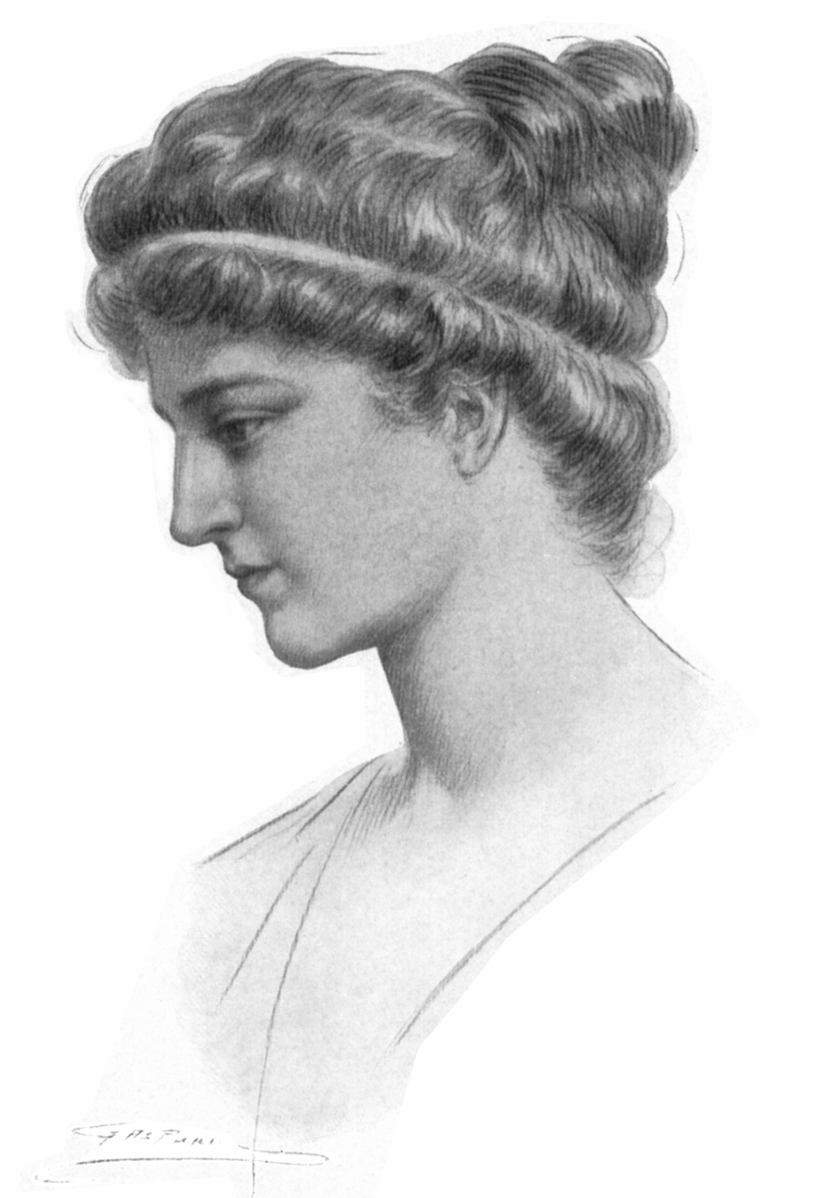(Image: Joeykentin, CC BY-SA 4.0 <https://creativecommons.org/licenses/by-sa/4.0>, via Wikimedia Commons)
The Ishango Bone was discovered in 1950 and is named for region of the Democratic Republic of Congo in which it was found. Carved into the bone are a series of tally marks. The exact use of the marks is not known, but it has been speculated they were for some mathematical operations or used as a lunar calendar. There is even the possibility one set of tallies on the stick represent the prime numbers between 10 and 20 (11, 13, 17, 19); however this could just be a coincidence. With an age of approximately 20,000 years, it is one of the earliest uses of humans using mathematics.
With their historical significance, the tallies on the Ishango Bone are recorded in the On-line Encyclopedia of Integer Sequences as A200066 and A100000.
There is a similar artifact from Africa dating back 40,000 years called the Lebombo Bone.
Both artifacts fall under the general category of paleolithic tally sticks.
.jpg)





